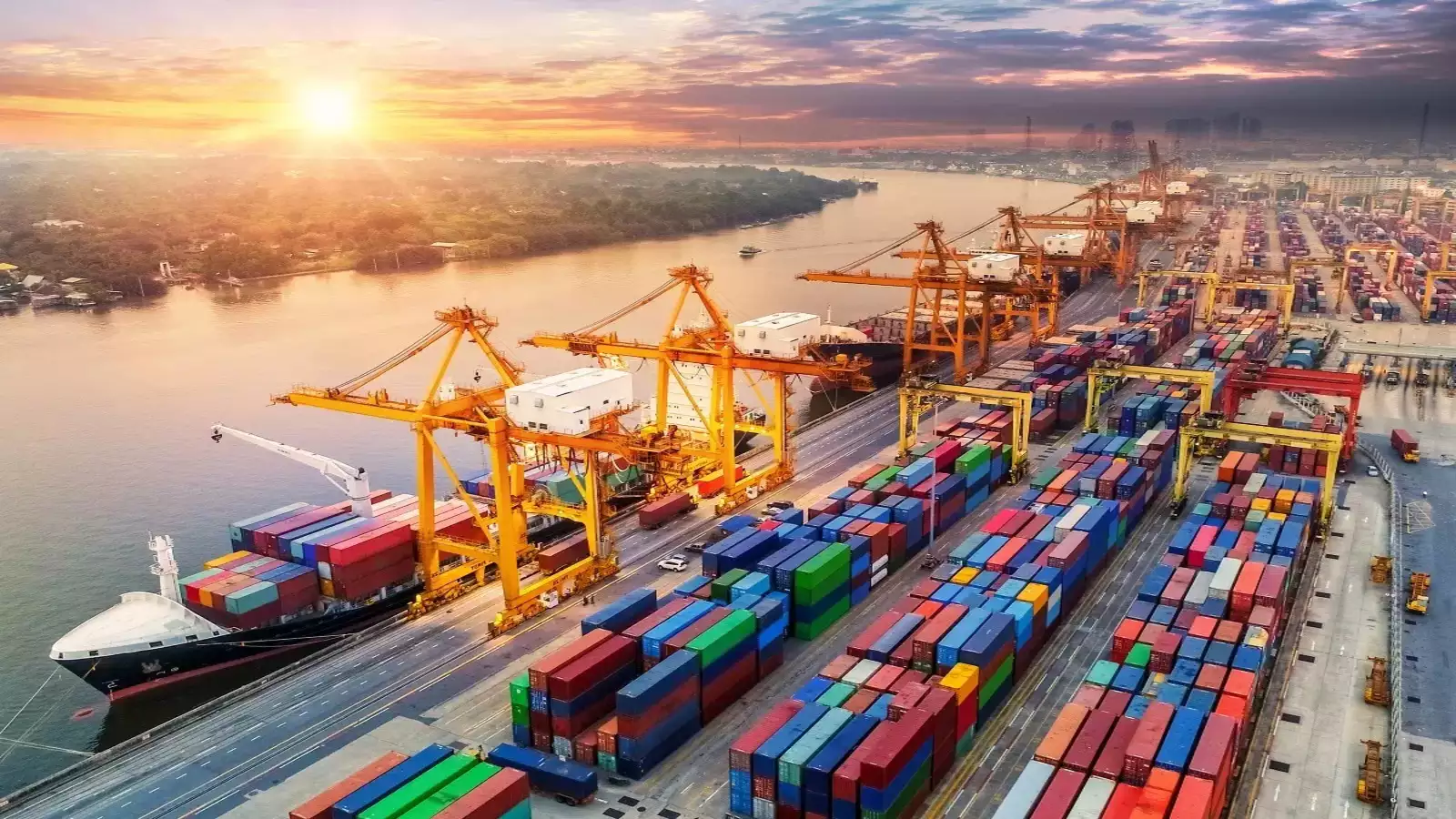India’s trade deficit is often viewed negatively, but it should not necessarily be perceived as a sign of economic weakness. Instead, it reflects the country’s dynamic growth, increased domestic demand, and investment in infrastructure and technology. India’s trade deficit is financed through capital inflows, allowing the economy to continue growing and expanding its global role. Moreover, India’s policy measures aim to manage the deficit while working towards long-term solutions such as diversifying exports and boosting domestic manufacturing.
For UPSC aspirants, understanding the complexities of India’s trade deficit and its potential as a tool for growth provides valuable insights into the broader economic and geopolitical realities of the country. A nuanced understanding of India’s trade deficit helps in evaluating the country’s economic resilience, its potential for future growth, and its evolving position in the global economy.









